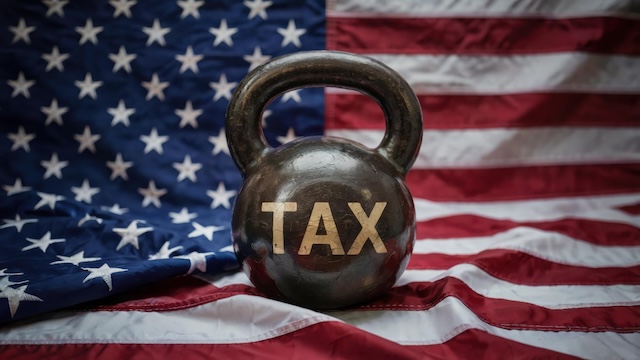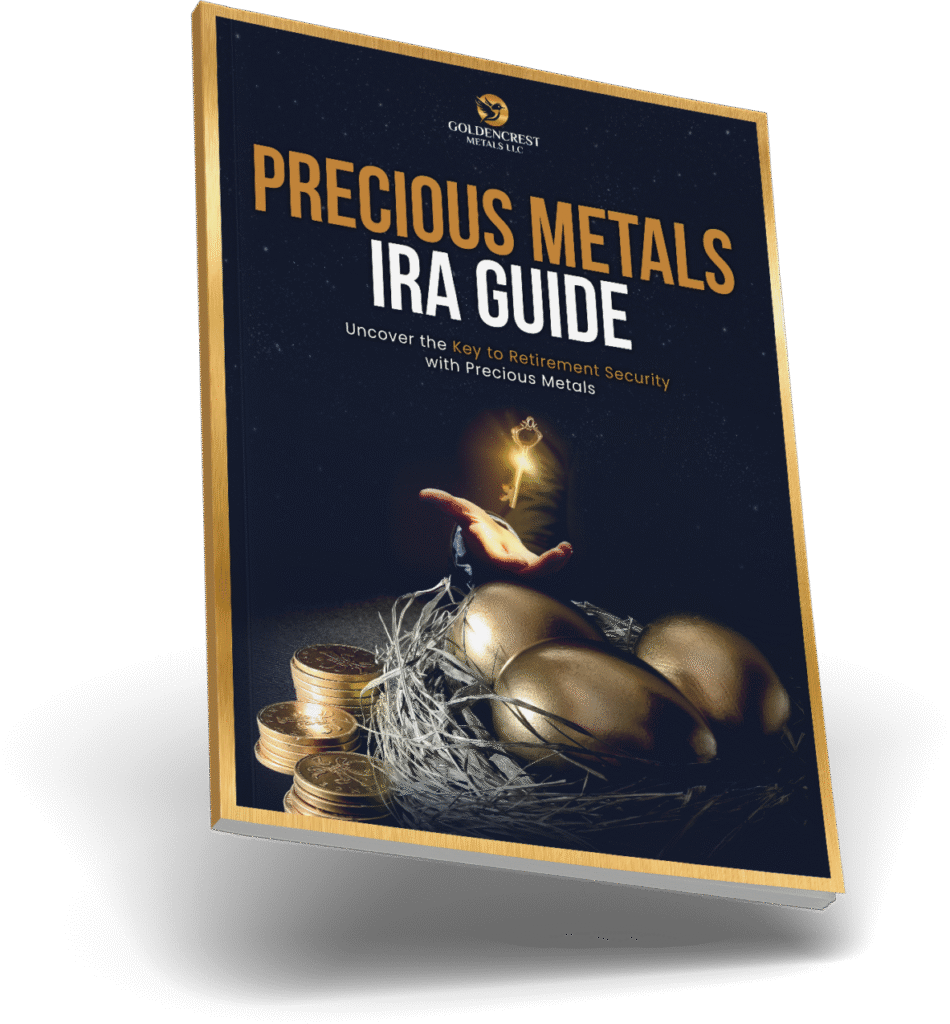Big changes are coming to 401(k) catch-up contributions in 2026, and older high-income workers could be hit hardest. Starting that year, Americans over 50 earning more than $145,000 from a single employer will no longer be allowed to make pretax catch-up contributions to their 401(k). Instead, those extra savings must go into Roth accounts — forcing workers to pay taxes upfront instead of later.
Starting in 2026, high earners will be barred from making pretax “catch-up” contributions to their 401(k) accounts. Instead, those extra dollars must go into Roth accounts — meaning you’ll pay taxes now, not later.
For decades, catch-up contributions have been a golden ticket for workers nearing retirement, allowing them to stash extra money, shrink their taxable income, and enjoy a bigger tax break in the process. Now, Congress has moved to shut the door on that strategy — effectively yanking away deductions worth $2,700 to $4,000 a year, depending on where you live.
How the rules work today
-
In 2025, workers can put $23,500 into their 401(k).
-
If you’re 50 or older, you can add an extra $7,500 in “catch-up” contributions.
-
Workers aged 60 to 63 get an even bigger bonus — up to $11,250 in additional contributions.
-
Crucially, all those catch-ups are pretax, lowering your tax bill right now.
It’s been a clever way to save: defer the tax hit while you’re in your peak earning years, let the money grow, and then pay less tax in retirement when your rate is usually lower.
The new rules from 2026
But the game changes in 2026. If your wages from a single employer exceed $145,000 in the prior year (a threshold that will rise with inflation), every catch-up contribution must go into a Roth account.
And if your company doesn’t offer a Roth 401(k)? Tough luck — you won’t be allowed to make catch-up contributions at all.
That means thousands of older workers could lose a critical way to save more — and pay less — in the years leading up to retirement.

Why is Congress doing this?
Supporters claim it’s about encouraging Roth savings, which come with tax-free withdrawals in retirement. But the real driver is money. With the U.S. government staring at $37 trillion in debt, this move lets Uncle Sam grab his share of tax revenue now, rather than waiting decades.
For high-income earners, that means one thing: higher tax bills right when you can least afford them.
What you need to do now
-
Check your plan: If your employer doesn’t offer a Roth option, you could lose the ability to make catch-ups entirely. Push your HR department to add it.
-
Rethink your strategy: Consider whether shifting more savings into Roth accounts now makes sense for your tax situation.
-
Mind the income threshold: Since the $145,000 limit is tied to wages, adjusting income timing or splitting earnings between jobs could make a difference.
-
Explore alternatives: Cash balance plans or hybrid retirement plans may let high earners save much more on a pretax basis.
The bottom line
This isn’t a minor tweak. It’s a seismic change to retirement planning for Americans over 50. The catch-up contribution was one of the last major tools high earners could use to shield income from taxes — and now it’s being taken off the table.
With national debt ballooning and Washington looking for new ways to raise revenue, don’t expect this to be the last time Congress rewrites the rules. If you’re in your 50s or 60s, the time to adjust your strategy is now — before 2026 arrives and your tax break disappears.
GoldenCrest Metals Note: When tax policy shifts and Washington changes the rules, physical assets like gold and silver remain untouched. They’re not subject to Congressional rewrites — a timeless hedge against financial uncertainty.
To understand how physical metals can strengthen your retirement plan, contact a GoldenCrest Metals specialist today and explore your options.
Sources:





